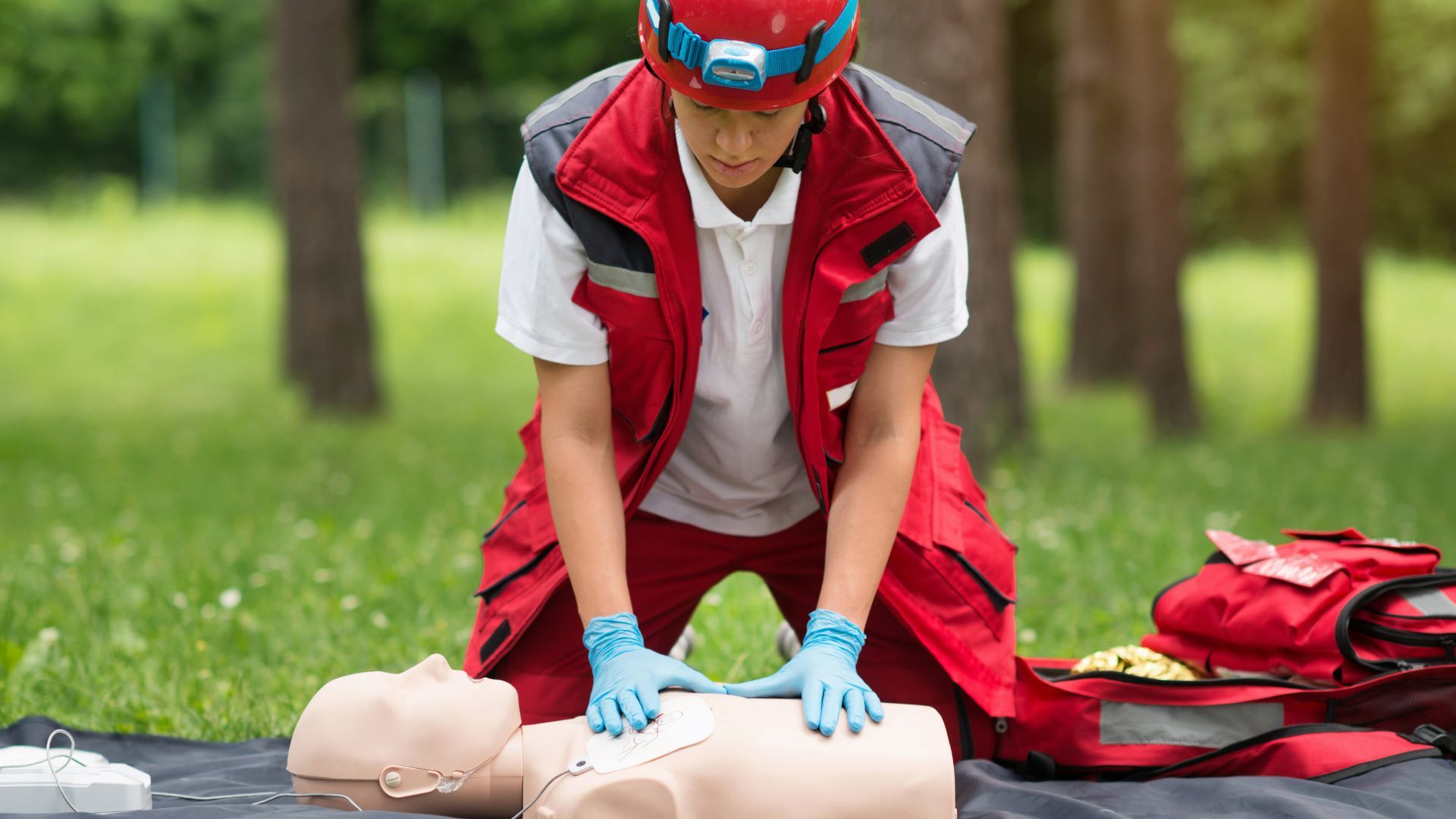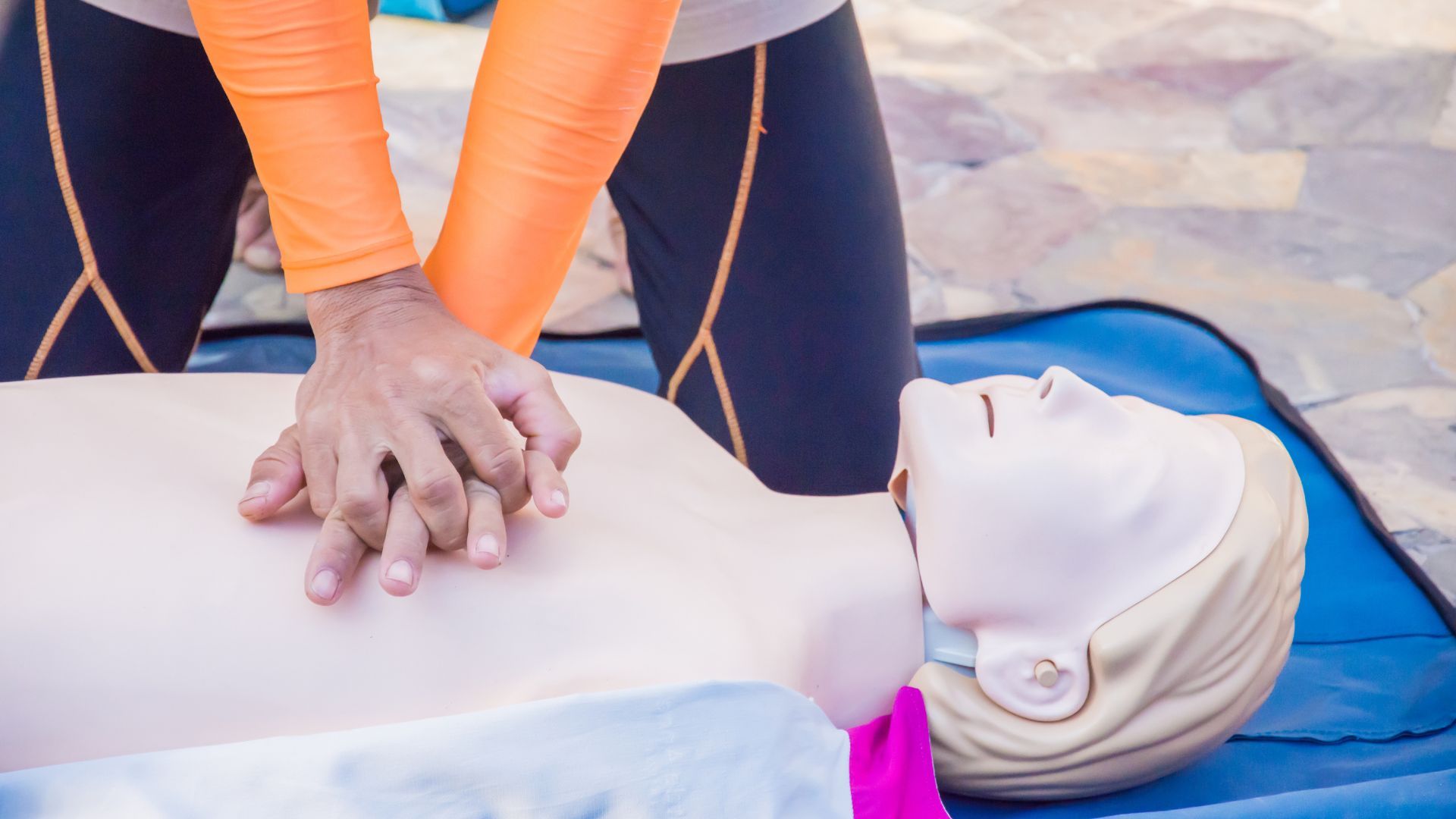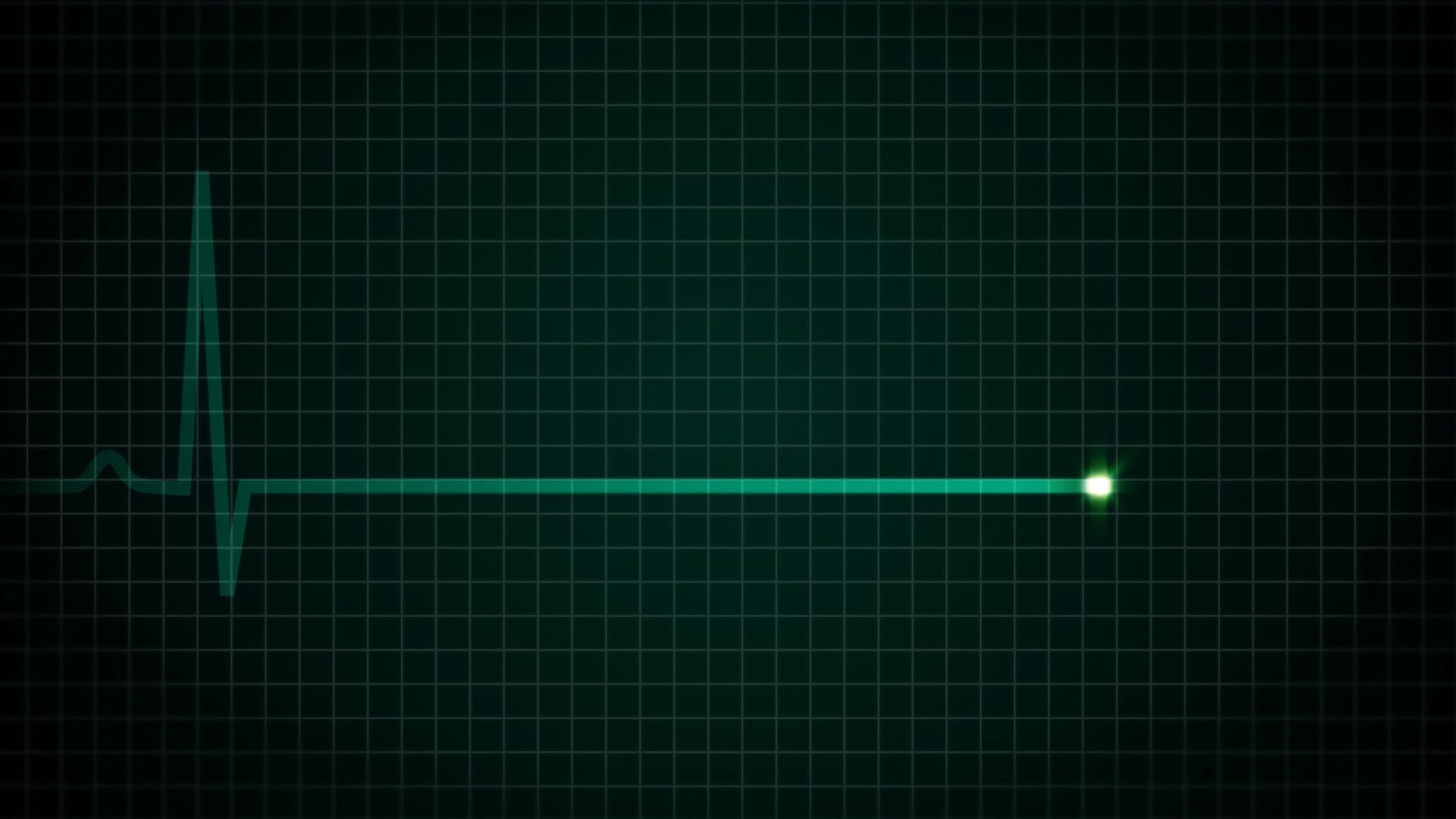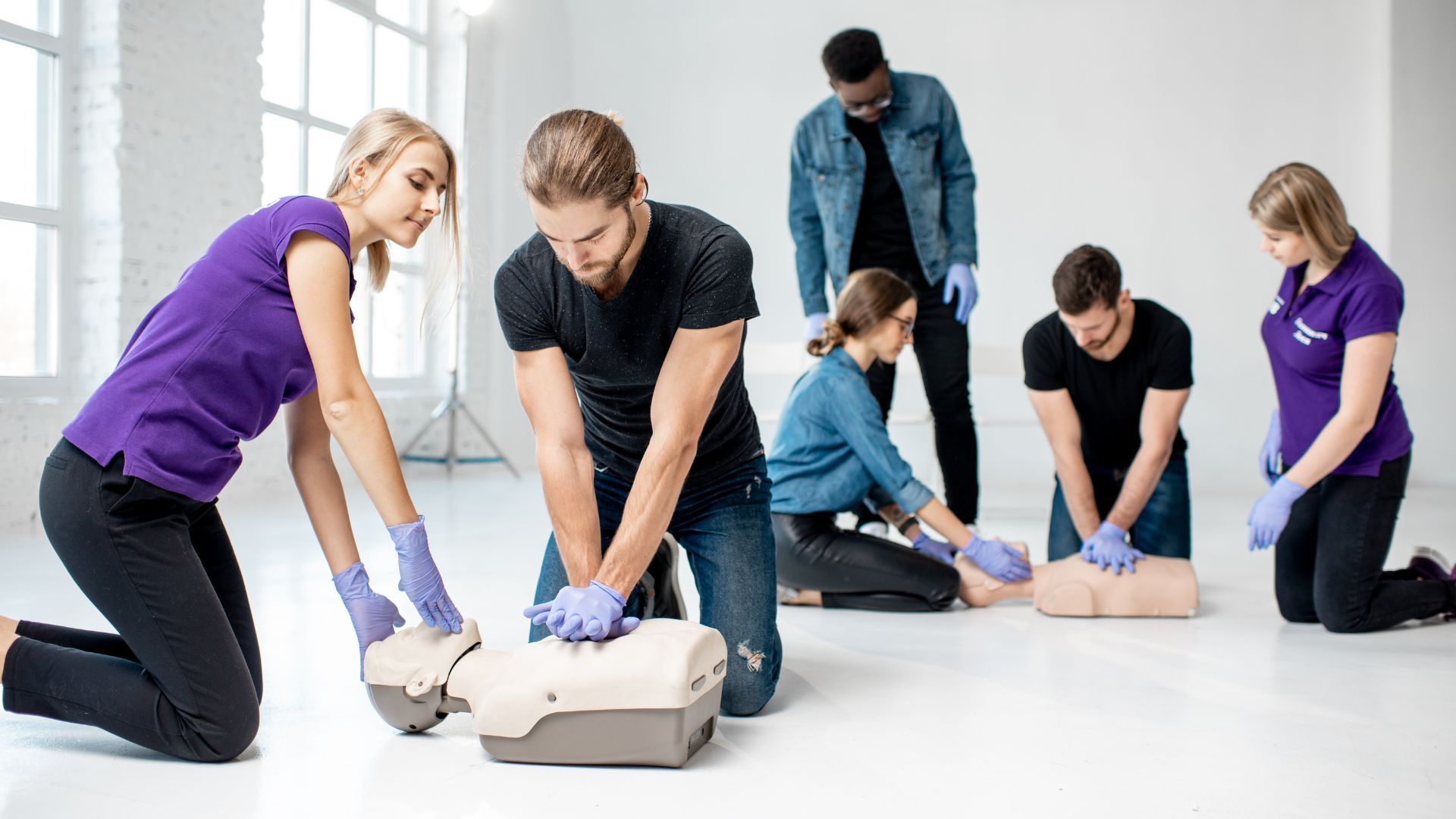
The Difference Between CPR Certification And First Aid Certification
Have you ever wondered what the difference is between CPR certification and first aid certification? It can be confusing to keep them straight. Knowing the differences between these two certifications can help you decide which one is right for your situation. In this article, I will discuss the key differences between CPR and first aid certifications so that you can make an informed decision as to which one fits your needs best.
CPR stands for cardiopulmonary resuscitation, while first aid refers to emergency treatment given in response to sudden illness or injury before full medical care is available. Both of these are important skills that everyone should have a basic understanding of; however, they require different levels of training depending on the situation. For example, if you need to respond to a cardiac arrest, then having a comprehensive CPR certification would be essential. On the other hand, if someone has fainted or been injured due to minor cuts/scrapes, then it would only require knowledge of how to provide basic first aid.
Both types of certifications involve learning about proper techniques used in life-threatening situations such as choking, shock, and stroke recognition. They also teach individuals how to react effectively in various emergencies involving physical injuries or illnesses and how to use appropriate first aid equipment like bandages and splints accordingly. Ultimately, by understanding the difference between CPR and first aid certifications we can better prepare ourselves and others for any type of medical emergency that may arise unexpectedly!
Definition Of CPR And First Aid
CPR certification is a type of medical training that teaches an individual how to perform cardiopulmonary resuscitation (CPR) on someone who has stopped breathing or whose heart has stopped beating. It also covers techniques for clearing airways and providing oxygen if needed. First aid certification, meanwhile, refers to the basic knowledge of what steps should be taken in order to provide immediate help during unexpected medical emergencies. This includes administering CPR when necessary, as well as keeping oneself safe from potential harm while giving first-aid assistance.
The main difference between CPR and first aid certifications lies in their scope and focus. While both are designed to equip individuals with skills to respond promptly and effectively in emergency situations, CPR focuses specifically on reviving victims who have suffered cardiac arrest or respiratory failure. On the other hand, first aid encompasses more than just life-saving measures; it provides information about non-life threatening injuries such as cuts, burns and animal bites, among others. Additionally, the protocols taught by each certificate differ depending on location and context–for instance, some countries may require certain types of first aid trainings not applicable elsewhere.
In short then: while they share many similarities and are closely related scenarios, CPR and first aid certifications ultimately serve different purposes within varying contexts.
Overview Of CPR And First Aid Training
CPR and First Aid training can be life-saving skills to have. They both involve responding quickly in an emergency situation, but the certifications are different. CPR stands for Cardiopulmonary Resuscitation and is a process used when someone’s heart has stopped beating or they have stopped breathing. It requires special training to learn how to perform it correctly and safely. First Aid Certification teaches people how to respond quickly and effectively during medical emergencies such as cuts, burns, broken bones, allergic reactions, shock, heat exhaustion, etc.
The primary difference between CPR certification and first aid certification is that with CPR you must know proper technique while performing chest compressions on the patient in order to help them survive a cardiac arrest event; whereas with first aid certification you may not need hands-on techniques since there isn’t any physical contact required. Furthermore, CPR certification typically lasts for two years before needing renewal; however, most first aid certifications only require annual renewals in order to remain valid.
Both courses provide invaluable knowledge and practical experience which can be applied in real-life scenarios – whether at home or work – potentially saving lives of those around us!
Benefits Of Certification In CPR And First Aid
Moving on from the overview of CPR and first aid training, let’s take a look at some of the benefits that come with certification in both. Being certified provides individuals with an understanding of different medical emergencies so they can respond quickly and correctly when needed. It also gives people confidence to handle emergency situations calmly and effectively.
When it comes to CPR certification, holders are taught how to perform chest compressions, mouth-to-mouth resuscitation, use automated external defibrillators (AEDs), recognize cardiac arrest symptoms and administer basic life support techniques. Having this knowledge is invaluable as it could potentially save someone’s life in case of an emergency. In addition, individuals who receive CPR certification often have access to specialized courses such as Neonatal resuscitation program or Advanced Cardiac Life Support classes that further enhance their skillset.
On the other hand, first aid certifications teach individuals how to help victims or patients in distress before professional medical help arrives. This includes knowing what steps to take for common medical issues like cuts and burns; being able to assess injuries accurately; providing reassurance; administering medications properly; handling choking incidents; recognizing signs of shock; managing fractures/sprains etc. By having this kind of knowledge, one has the ability to provide immediate relief during times when every second counts and make sure that the patient gets proper care until paramedics arrive on the scene.
Overall, getting trained in both CPR and First Aid equips us with essential lifesaving skills that we may never need but will be grateful for if ever faced with a situation where these abilities are necessary. Certification helps build our competency level while giving us peace of mind knowing we can act confidently should any kind of emergency arise – whether it’s minor or major – making them valuable additions to anyone’s skill set.
Skills Learned During Certification Programs
CPR and first aid certification programs teach individuals important skills necessary to provide emergency care. While the two certifications may seem similar, there are distinct differences between them that must be considered when deciding which program is right for you.
The primary difference between CPR and first aid certification lies in the type of response they require. CPR certification focuses on resuscitation techniques used to revive an individual who has stopped breathing or whose heart has stopped beating. The training provides instruction on how to perform chest compressions, use a defibrillator, give rescue breaths, and other related skills that can help save someone’s life in a medical emergency.
On the other hand, first aid certification teaches participants how to respond to minor injuries such as scrapes, cuts, burns and even broken bones. Skills learned through this program include proper bandaging techniques, splinting fractures, administering epinephrine injections for allergic reactions, cleaning wounds and more. Here’s some key skills that will be gained through either program:
- Knowledge of basic anatomy
- Familiarity with common signs & symptoms of illness/injury
- Ability to properly assess a situation
- Techniques for providing effective care until professional help arrives
It’s essential for people interested in either one of these certifications understand their purpose and limitations so they have realistic expectations about what it takes to become certified and utilize those skills correctly when faced with an emergency situation.
Requirements For Certification In CPR And First Aid
Moving on from the skills learned during certification programs, let’s now discuss the requirements for certification in CPR and first aid. It is important to understand that certification in these areas requires certain criteria to be met before a person can receive their certificate of completion.
For CPR certification, an individual must attend a course through either a community college or other certified organization. These courses typically last around 5 hours, depending on the particular program one takes. During this time, participants will learn how to recognize cardiac arrest symptoms, perform chest compressions correctly, use automated external defibrillators (AEDs), as well as practice rescue breathing techniques with manikins. Upon successful completion of the course, individuals are issued a card stating they have been trained and certified in basic life support (BLS). This card is valid for two years.
First Aid Certification also requires attending an approved course taught by qualified instructors. The length of these classes vary but usually last between 4-8 hours. Participants learn how to assess various medical emergencies such as shock, broken bones, burns and seizures. They also learn about proper wound care and bandaging techniques along with how to protect themselves if someone has contagious diseases like hepatitis B or HIV/AIDS. After each student passes both the written and practical portions of the exam at the end of the class; they will receive their First Aid Certificate which is valid for three years from date of issue.
Having knowledge of CPR and first aid can help save lives when needed most so it’s important to stay up-to-date with training every few years after receiving initial certification.
Cost Of Certification In CPR And First Aid
Now that we’ve discussed the requirements for certification in CPR and First Aid, let’s take a look at the cost associated with getting certified.
The cost of CPR and first aid certifications can vary depending on where you go to get your training and how long it will last. Generally, online courses are more affordable than in-person classes as they don’t require travel or learning materials. For example, an American Heart Association course may be around $60-$100 while a Red Cross course may range from $50-$120.
When considering the price of these certifications, it’s important to remember that their value is immeasurable when it comes to potentially saving someone’s life. The money spent on these courses could really make all the difference if one ever needs to use them in real life situations. Here are just a few reasons why getting certified is worth every penny:
- You’ll gain invaluable knowledge about how to respond appropriately during emergency medical situations.
- You’ll learn techniques such as CPR and AED (automated external defibrillator) usage that can help save lives in critical moments.
- It will give you peace of mind knowing you have what it takes to provide vital care should you ever need it.
No matter the cost, being trained in both CPR and first aid will be beneficial not only for yourself but also those around you who may find themselves in a difficult situation requiring urgent medical attention.
Earning Continuing Education Credits
Have you ever wondered if there’s a way to earn credits for keeping up with your First Aid and CPR certifications? The answer is yes! There are many ways to get Continuing Education Credits (CEC) when it comes to these important life-saving skills.
One option is through refresher courses or recertification classes, both of which often provide CECs. These classes cover the same material as the initial certifications but in an abbreviated format. This can be beneficial for those who have been certified previously, as they don’t need to relearn all of the information that may not have changed since their last certification course. Additionally, some employers require ongoing education related to first aid and CPR to maintain certification status so taking one of these refresher courses can help fulfill this requirement.
Another way to get CECs is by attending conferences or seminars on various safety topics including medical emergency response training and health care staff development. Not only does this give professionals access to cutting-edge techniques and materials, it also provides them with valuable insight into what’s going on in the industry from experts in their field – giving them the knowledge and credentials they need for career advancement. With these continuing education options available, professionals can stay current with developments in first aid and CPR protocols while still fulfilling any necessary requirements for maintaining their credentialing status.
Conclusion
In conclusion, acquiring CPR and First Aid Certification is an important step that everyone should take to ensure the safety of themselves and those around them. It’s a small sacrifice of time and money for something that could potentially save a life or reduce suffering in times of emergency.
By taking the steps required to become certified, you are equipping yourself with the knowledge and skills necessary to respond effectively when every second counts. Not only will this provide peace of mind in knowing that you can handle any situation thrown your way, but it’ll also give you an edge if ever applying for a job where these certifications are mandatory.
CPR and First Aid Certification may seem like two peas in a pod at first glance, but there are some key differences between the two that shouldn’t be overlooked. Whether you choose to get certified online or through more traditional methods, understanding the nuances between CPR certification and First Aid certification is crucial. Taking on this responsibility today could make all the difference tomorrow – so don’t wait another minute before getting certified!
Frequently Asked Questions
How Often Should I Renew My CPR And First Aid Certification?
When it comes to CPR and First Aid certifications, the question of how often should you renew them is important. It can be difficult to know when your certification is due for renewal because each one has different requirements. Depending on your particular circumstances, the time frames for re-certification can range from every 3 years or more up to as little as 6 months.
It’s also worth noting that if you have a job which requires these certifications – such as working in healthcare or teaching first aid courses – then you may need to renew more regularly than someone who doesn’t need these qualifications for their job. Additionally, some employers will require CPR and/or First Aid recertification even if they are not legally required by the state or local government where you work. Therefore, it’s best to check with your employer before assuming anything.
The importance of staying up-to-date with your certifications cannot be overstated; having current certificates demonstrates that you are skilled and knowledgeable in basic life support techniques and procedures. Regularly refreshing these skills ensures that you stay confident and competent in any situation requiring medical assistance – both professionally and personally. The general rule is that whatever type of certification you hold, make sure that it remains valid so that everyone involved knows they can count on you during an emergency situation.
Is CPR And First Aid Certification Valid In All States?
As I contemplate the validity of my CPR and First Aid certifications, a question that comes to mind is, ‘Is this valid in all states?’ This thought can be overwhelming and daunting as it’s hard to know what the regulations are for each state. To answer this question requires some research on the topic.
One thing to keep in mind is that safety standards are not universal across all states, so while your certification may be accepted in one state, it may not be in another. Therefore, if you plan on working or living in a different state, you’ll need to make sure you have up-to-date, accredited certification from that particular state. Like fireflies illuminating a summer night sky with their flickers of light, researching and understanding the requirements for each individual state will help illuminate which certifications will be accepted where.
However, when considering renewing your certification there are some things to consider; like whether any additional classes or training would benefit you in your work or lifestyle goals. Additionally, it’s important to understand how often recertification needs to occur – usually every two years – because staying current ensures employers/clients are getting certified professionals who provide safe and effective care. Overall, being informed about CPR and First Aid certifications keeps everyone safer no matter where we live or travel too.
What Is The Difference Between CPR And First Aid Certification For Adults And Children?
When it comes to CPR and first aid certifications for both adults and children, there are some important differences that need to be considered. Knowing what these differences are can help you ensure the safety of yourself and those around you in any given situation. Here’s a breakdown of the key distinctions between adult and child CPR and first aid certification:
- Adult certifications focus on techniques for providing life-saving assistance through chest compressions, rescue breathing, using an automated external defibrillator (AED), as well as recognizing signs of heart attack or stroke.
- Child certifications include additional topics such as how to perform abdominal thrusts, choking relief maneuvers, preventing falls from heights, addressing issues related to asthma attacks or allergic reactions, etc.
- The knowledge requirements differ significantly; while adult courses typically require 10–20 hours of training time depending on the provider/institution offering the course, child courses often take up to 40–50 hours due to their more comprehensive nature.
- Most importantly, each program has its own set of age restrictions – so make sure you check with your local authority or institution before enrolling in either type of course.
Ultimately, understanding the difference between adult and child CPR and first aid certification is essential if you want to stay safe in potentially hazardous situations. Make sure that when signing up for any kind of course related to emergency response procedures, you clearly understand which one best suits your needs based on your age group – whether that’s adults only or including children too. By having this information at hand beforehand, you will be able to save precious time in case an emergency presents itself down the line.
Is CPR And First Aid Certification Mandatory In Certain Professions?
It is a common question – is CPR and first aid certification mandatory in certain professions? Indeed, having the necessary certifications can be essential to working in many fields. From medical professionals to childcare workers, it’s important to understand when these certifications are required for one’s job. As such, let us dive into this topic like a deep-sea explorer looking for buried treasure.
In order to work as an EMT or paramedic, both CPR and First Aid certification is typically needed. The same applies to those who wish to become teachers or other school staff members, since they may need to deal with potential emergency situations involving students. Similarly, daycare providers, nannies, babysitters and healthcare aides must also have valid certifications if they hope to secure employment. Although not always mandatory at all workplaces, highly skilled tradespeople such as electricians or plumbers usually require basic knowledge of safety protocols that might include CPR and first aid training—particularly when dealing with hazardous substances or environments where accidents could occur more easily than usual.
So far we’ve discussed some of the most obvious occupations that demand certifications; however there are other industries out of the ordinary which could benefit from them too! For example, security officers often receive extra pay if they possess credentials related to health emergencies on top of their normal duties. Lifeguards need specialised certificates in order to remain employed by power companies responsible for swimming areas within lakes or rivers near hydroelectric dams across Canada and USA. Overall, it’s safe to say that even though CPR/First Aid certification isn’t necessarily compulsory everywhere you go – having up-to-date qualifications certainly doesn’t hurt your chances of finding steady employment in most sectors nowadays!
Being aware of regulations concerning life-saving skills goes beyond just being able pass tests – it shows employers that you take responsibility seriously and strive towards making sure everyone around you is kept safe no matter what profession you choose!
Are There Any Online Options Available For CPR And First Aid Certification?
When it comes to certifications, the differences between CPR and first aid can be confusing. With so many professions requiring a certification in one of these areas, you might be wondering if there are any online options for getting certified. The answer is yes! There are plenty of online courses available that offer both first aid and CPR certifications.
These courses provide comprehensive instruction on how to safely perform CPR as well as detailed information about common medical emergencies such as choking and heart attack. They also cover topics like basic wound care, vital signs assessment, splinting techniques, and more. Additionally, they include quizzes and practice scenarios so you can test your knowledge before taking the final exam.
The good news is that once you complete an online course, you will receive a certificate verifying your accomplishment which meets most professional requirements. Plus, since everything is done remotely through video conferencing or other digital platforms, there’s no need to leave the comfort of your own home to get certified. So whether you’re looking for a career change or just want to brush up on your skillset, exploring online options for CPR and first aid certifications could be your ticket to success!
Find a CPR Certification Class Near You!
More Articles




